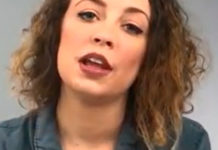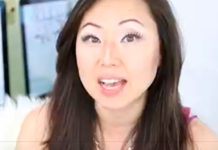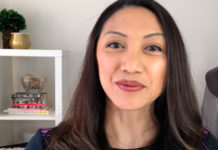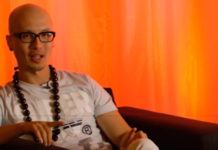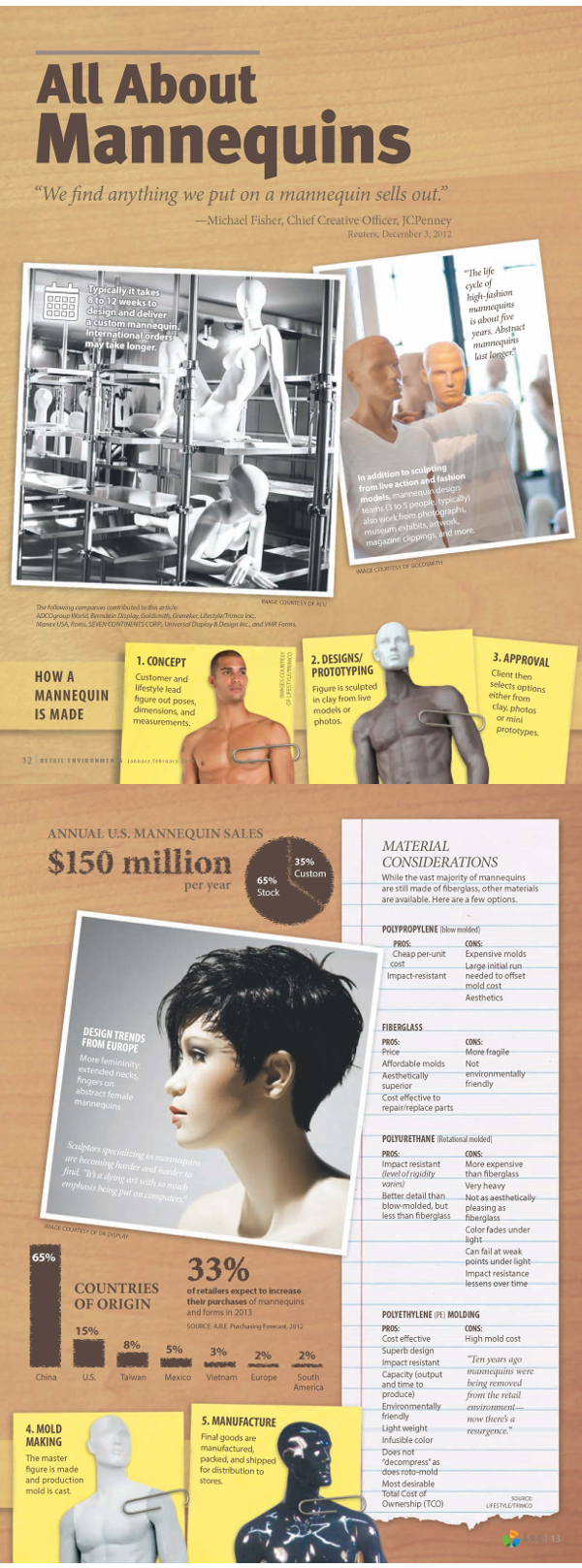
A mannequin is a life size full or partial representation of the human body used to display or fit clothing. Also referred to as a lay figure, this model of the human body can be used to demonstrate the arrangement of drapery to the viewer. Mannequins are considered the most popular presentation tool and greatest asset to a store.
It can be used to express personality, attitude, and visual appeal to the shopper. Based on the chosen form used by the business, mannequins can help to trigger customer imaginations and accessorize for a total look. Considered a “silent salesperson,” the mannequin offers a clear fashion statement.
The typical high fashion mannequin can last approximately five years with abstract mannequins lasting longer. Mannequin sales in the United States alone are estimated to be worth $150 million a year. This is made up of 65% stock mannequins and 35% custom. Mannequins are manufactured in the following countries of origin.
• China – 65%
• United States – 15%
• Taiwan – 8%
• Mexico – 5%
• Vietnam – 3%
• Europe – 2%
• South America – 2%
Benefits of Mannequins
Mannequins can be used in main theme areas, aisle displays, windows, and entrances offering the most benefit as outlined below.
1. Mannequins can be used to highlight collections in a grouping together within a store.
2. Can influence the customers to buy the particular merchandise on display and accessories.
3. When used in the window, mannequins can attract customers into the store increasing revenue and profit.
4. Are responsible for up selling the retail store.
Before You Make a Purchase
With such a wide selection of mannequins available in the marketplace, consider these following questions before making a selection that meets your specific business needs.
1. Will it be too heavy?
2. Will the shape and size target my specific market and appeal?
3. Will they fit into their surrounding environment when displayed?
4. Will the clothes fit it well enough to avoid unnecessary pinning?
5. Will they be easily changeable in position?
Material Pros and Cons of Mannequins
Polypropylene
The benefits of this material are its ability to be impact resistant and cheap per unit. Cons are dependent upon the expensive cost of molds and large initial run needed to offset mild cost aesthetics.
Fiberglass
This option is affordable and aesthetically superior. However, fiberglass is more fragile and less environmentally friendly.
Polyurethane
This material is impact resistant with better detail, however is more expensive than fiberglass and is heavy. This material also fades color under light over time and can fail at weak points under light impact resistance over time.
Polyethylene
This option is cost effective with a superb design and is environmentally friendly and lightweight. This material offers the most desirable total cost of ownership but has a high mold cost.
Different Types of Mannequins
Realistic Mannequins
These types of mannequins are more natural and true to life looking. They can be considered more identifiable as people shop throughout the store. Realistic mannequins are well proportioned to wear a particular size and show off groups of merchandise.
Semi Realistic Mannequins
These are similar to realistic mannequins, but come without the makeup and stylization seen among realistic types. Their hair can be changed, replaced, and restyled.
Abstract Mannequins
The abstract and semi abstract mannequins are more stylized and decorative for an elegant appeal, but mainly feature painted on facial features from the nose to lips. A hairstyle may also be painted on.
Regular abstract mannequins are ultimate in style, but lack features such as fingernails and elbows. However they are considered least expensive to maintain and come in only a few spray finishes from white to black.
Headless Mannequins
Headless mannequins come in a full size proportion, but normally do not include a head or arms. Because of this, these types of mannequins can lack in personality or image, but works well in a window where height is a problem.
Modular Mannequins
This life size mannequin allows movable joints to be swiveled and turned into new positions. They are normally made out of wood or plastic and represent the correct anatomical proportions of a person.
Tips for Using a Mannequin
The first things to consider are the types of accessories you want to incorporate on your mannequin such as a wig or moveable eyes.
• Rotate clothing and accessories on mannequins regularly.
• Avoiding mixing window mannequins with floor mannequins.
• Do not mix different mannequin types together in certain fashion situations.
• Formal clothes should be displayed on an unanimated mannequin.
• Action clothes should be shown on a mannequin in movement.
• Seating mannequins add variety and are good for separates, casual wear, lingerie, and sportswear.
• Horizontal mannequins are good for night wear, swim wear, and sportswear.
Alternatives to Mannequins
If a mannequin is not suitable for your business, the following list of alternatives can be used when dealing with space constraints or to meet specific design appeal.
Three Quarter Forms
These chosen objects offer a three dimensional representation of the human anatomy to include the bust, shoulder, waist, hips, to the ankles. An adjustable rod underneath is employed to alter the height and includes a weighted base.
Soft Sculpted Figures
These are life size, doll size, or child size. The skeleton is constructed to be soft and spongy with form filler that holds its shape.
Articulated Artistic Figures
These figures are lifesize and designed to offer anatomical proportions and poses for display. Joints are moveable and can be swiveled to new positions.
Dress Forms and Suit Form
With a tradition old fashion look, dress forms are tailored and crafted to offer garments with a designer look. Dress forms help to offer an overall image of the garment.
Hangers
Simple hangers are good alternatives to mannequins and allow you to pull the items right out of stock and hang them up without fuss or bother.


